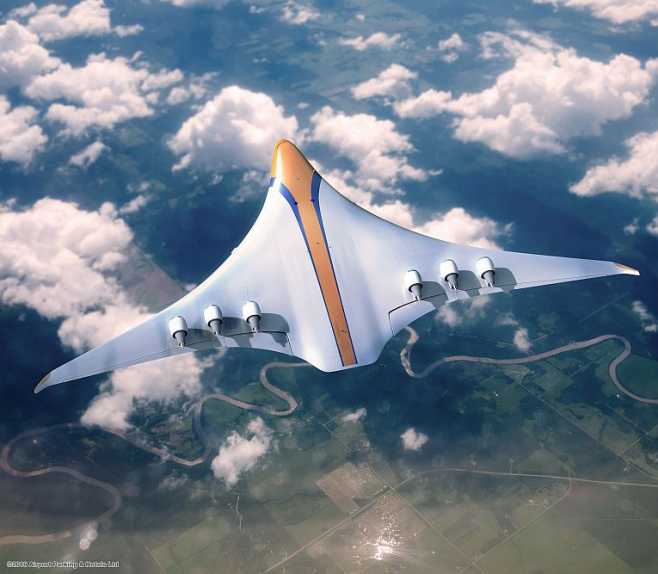When we followed the Solar Impulse 1 and 2 around the world, we saw little of the potential for alternative energy in commercial aircraft. The Swiss pilots are still continuing from Hawaii in April, when their batteries will be less insulated to avoid them frying
again! Maybe we were lacking in imagination, as even new jet fuel is being suggested here. The latest ideas on biofuels and electrical power have been incorporated in an article at Airport Parking and Hotels site. 5 tonnes of CO2 emerge from the engines of every long haul flight, bumping up these emissions to an incredible 30% of some nations’ contribution to global warming.
Well, we all promised in Paris to cut down, so let’s follow the smokers’ lead. Imperial College London have been studying aircraft design since the Stone Age. Perhaps they can help with the Anthropocene? With additional ideas from NASA and Boeing in the US and Airbus in Europe, Adam Omar from the University suggested some low emission, high payload, high tech solutions to what is obviously one of the planet’s biggest problems in carbon reduction.
Jet turbofans drive most planes today, while a future design could incorporate electric motors driven by a core turbojet. Clusters of these fans could be positioned at the back, to give enormous aerodynamic advantages such as drag reduction.
The second potential improvement would be in the reduction of friction. Adam sees this in the adoption of superconduction to allow efficient energy transfers that reduce fuel consumption by very significant amounts. That would allow the use of biofuels, which at the moment simply haven’t got the energy production required.
Aerodynamics of course are central to efficiency. The old idea of a BWB or blended-wing body generates lift and cuts noise from engines, with the potential for increased interior space, but there are many more ideas out there which could be the next new shape. Lack of windows would be overcome if outside views were transmitted to inflight information. High tech could easily take over in-flight entertainment, with fold-away visors providing 3D games/movies/whatever!
Using graphene in a new electro-technology known as the lithium-air battery would create a battery that would be so light it could save more mass within the aircraft body. Combined with the electric motors of the new engines, this could transform the concept of powered flight.
The concept of getting drunk before you even board a plane could also change. A bar and lounge area where passengers could mingle with automatic drinks machines could perhaps even restrict alcohol volumes to restrain our least friendly passengers. I would suggest locking them in their seats or simply jettisoning them (down to the cargo bay.)
Boeing have suggested their new metal lattice, made of almost 100% air, could be used for all floors, walls and seats in the plane, relieving it of much of its mass and making a really big contribution to fuel efficiency.
Whatever happens, we seem to be flying more than ever, so unless we start gliding everywhere, some of this new tech will surely be getting us from continent to continent in the near future. We just hope the solar powered technology can be used more when the chemical efficiency improves, as it certainly is in labs around the world.










